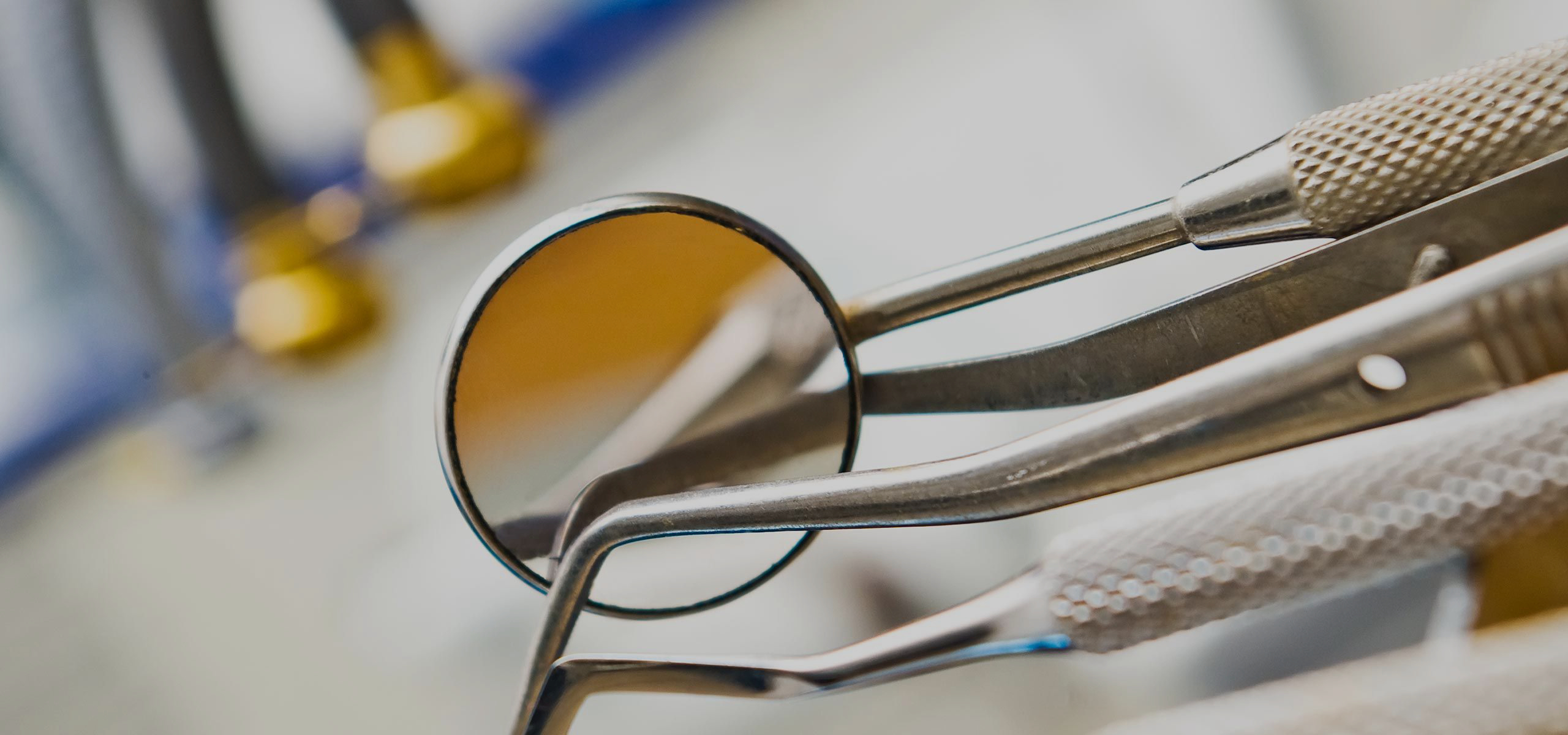
// Preventative Dentistry
Dental Cleaning and Other Preventative Services
As part of your dental cleaning, a dental hygienist will remove all tartar and plaque that has built up on your teeth. Tartar or calculus forms by the gum line and can only be removed with special dental instruments. Plaque produces toxins that can inflame the gums and can be the start of gum disease! After removal, your hygienist will polish your teeth to remove stains and plaque still remaining.
For every regular check-up exam, your dentist and hygienist will work together to perform x-rays (as needed), screen for oral cancer, perform a gum disease evaluation, examine tooth decay, and check up on existing dental restorations such as crowns and fillings. The frequency of dental cleanings depends on multiple factors, such as overall health, condition of gums, etc. Since each individual is different, the hygienist can develop a customized treatment plan for clients. Call us to schedule your next dental appointment!
Other preventative services include:
Panoramic x-rays
Using digital technology, panoramic x-rays are wraparound photos of the face and teeth and show what is invisible to the naked eye. These x-rays are typically taken on an as-needed basis to view the sinus and nasal area and mandibular nerve as well as detect pathology.
Digital x-rays
Using an electronic sensor, digital x-rays capture and store valuable information on the computer. This helps dentists and hygienists safely and accurately detect hidden abnormalities and issues. Digital x-rays produce a significantly less amount of radiation than traditional x-rays and are better for the health and safety of the patient.
Fluoride treatment
The most effective way to prevent tooth decay, fluoride is a naturally occurring mineral used for more than 50 years. Topical fluoride strengthens erupted teeth by sinking into the tooth’s enamel to make it more resistant to decay.
Sealants
A thin plastic coating, sealants are applied to the surface of molars, premolars, and deep teeth grooves. Since more than 75% of decay occurs in these grooves, a sealant protects the tooth by sealing and creating a smooth and easy to clean surface.
Home Care
To achieve a healthy smile that will last a lifetime, proper home care for your teeth is vital. Although regular dental cleanings help remove plaque and debris, proper brushing and flossing will enhance and maintain your oral health by preventing decay, gum disease, bad breath, and staining.
How to maintain proper oral hygiene:
- Tooth brushing: Brush your teeth at least twice a day, ideally in the morning and before bed. Use a soft bristle or electric toothbrush and ADA approved toothpaste.
- Flossing: Daily flossing helps clean between the teeth and under the gum line and prevents plaque build-up. This helps prevent gum disease and reach areas your toothbrush can’t.
- Water flossing: We recommend water flossing. A water flosser uses a targeted stream of water to remove plaque, food, and bacteria that is more effective and comfortable than traditional string gloss.
- Rinsing: Rinse your mouth with water after brushing and after meals if you are unable to brush.
Other dental aids such as interdental cleaners, rubber tip stimulators, and tongue cleaners can help you take proper care of your teeth. Your dentist may recommend any of the above methods.
